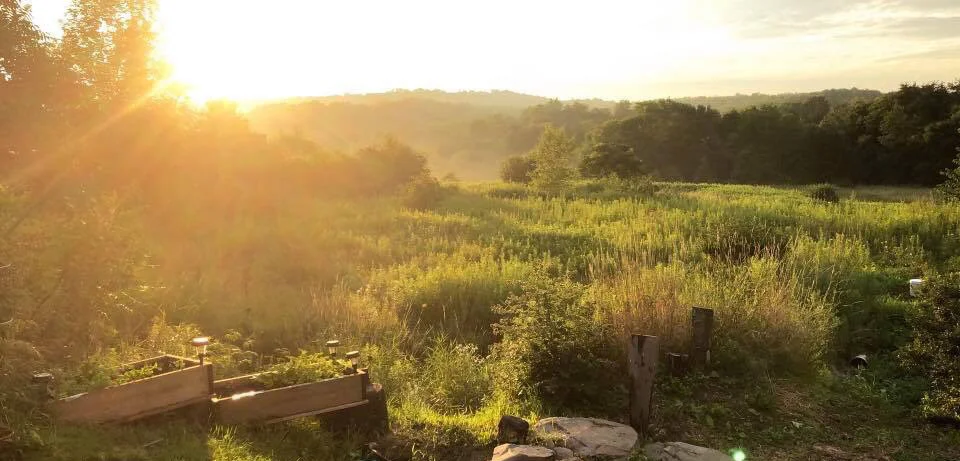About Us: “Community-Focused Conservation”
Impact-Site-Verification: 1f517bc8-967e-47a4-aebd-ef5afe9f96c2
Habitat Recovery Project, began as a reforestation/conservation effort based in the foothills of the Pocono Mountains just minutes from the Delaware River, home to fracking contamination, coal mining, and aggressive agricultural deforestation, we had first made it our mission to do our part by cleaning and restoring an abandoned junkyard and planting a small forest in its place to regenerate and preserve wild habitat through phytoremediation. We have since expanded a replicable culture and program that we use to create and inspire community-based land restoration projects across the United States and beyond. This journey has taken us to wildfire ravaged lands and abandoned gold mines in the Sierra Mountains, to gold mines and deforested areas in Kenya. Fate has brought us to Southwest Louisiana, where focus on environmental justice initiatives in the many industrialized coastal communities here.
Goals
Our goal is to set nature back on it’s correct course through habitat restoration, cultural preservation, and education. We use organic and natural remediation techniques, while empowering and centering environmental justice ethos. We aim to empower both individuals and our greater community to take action against the destruction our planet, by making sure their needs are met and exceeded in a sustainable way.
Here’s our “Big Four”, but please be sure to check out our wider scope of objectives on our Impact Page.

